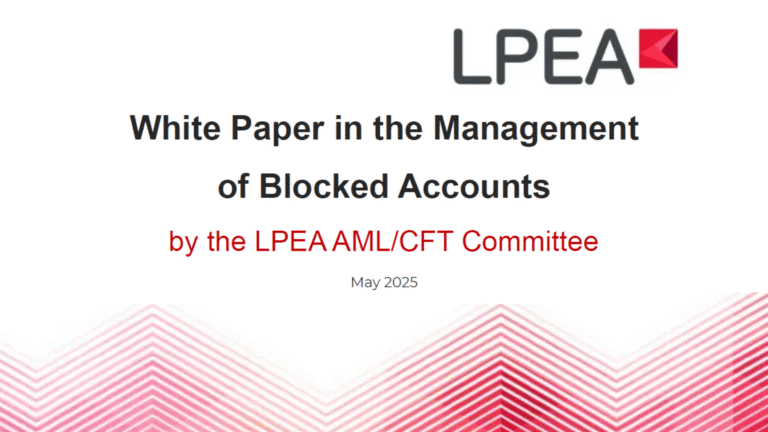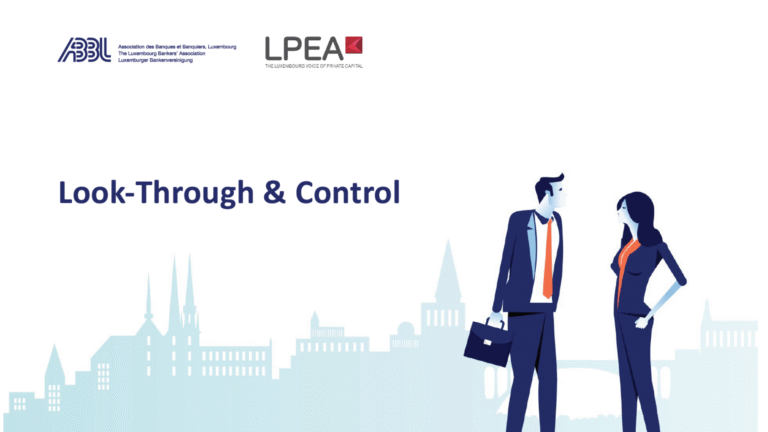By Sandrine Leclercq, Partner Regulatory and Compliance, ESG Practice Leader at adVeci Advisors, and Emmanuelle Jacquemot, Group People & Office Management Lead at ONE group solutions, as published in Insight/Out magazine #32
The role of Conducting Officers vis-à-vis Alternative Investment Fund Managers (AIFMs) has been continuously evolving since 2013, reflecting the need to adapt to changing business models and regulatory constraints.
The advent of the digital era has introduced significant challenges and risks, transforming operational processes and client relationship models, while broadening the spectrum of risks that could jeopardize both corporate activities and those of its clients.
Since 2018, regulators have intensified their focus on Information and Communication Technology (ICT) risks, imposing escalating requirements on AIFMs to manage and mitigate these risks.
In an increasingly digitalized world, it is essential for AIFMs to assess whether their resources and organizational structures are consistently adequate to support this expansion.
This article examines the governance challenges associated with the rapid digitalization of AIFM activities, the impact on Conducting Officers’ work plans, and the requirements necessary to enable Conducting Officers to effectively fulfil their responsibilities.
Renewed Governance Challenges for AIFMs due to Digitalization
The digital transformation within the financial sector over recent years has brought ICT risks to the forefront for many companies. This shift has prompted regulatory actions, with the first EU initiative in 2018, which included the European Banking Authority (EBA) guidelines on ICT and Security Risk Management. This was followed by GDPR and most recently, the Digital Operational Resilience Act (DORA).
DORA marks a significant turning point, by establishing extensive requirements for institutions to manage and mitigate risks related to disruptions in their IT systems and operations, and intensifying their reporting obligations. This includes, most notably, ICT-related Incident Reports documenting causes, impacts, and mitigation actions for significant ICT disruptions; Operational Resilience testing reports, detailing stress test results and preparedness assessments; and Risk Assessment Reports that periodically evaluate IT risks and outline mitigation strategies. AIFMs must also report on ICT Compliance for any dependencies they have with external ICT providers.
At the same time, customers are demanding greater transparency regarding the security measures implemented by their providers, along with ad-hoc reporting. Today, inquiries about a financial actor’s cybersecurity practices in RFPs account for a significant percentage of the questions posed.
This evolution calls for an extension of the Conducting Officer’s role, requires new skills, and significantly increases their administrative workload.
Conducting Officers’ evolving roles and responsibilities
ICT risks and compliance have become critical aspects for financial actors, just as important as their ability to fully leverage the digitalization of their services and operations.
The Management Committee, being the body responsible for the proper conduct of business, must ensure that ICTs are optimally used and integrated effectively into the company’s operations. It verifies that all risks associated with ICT usage (data protection, incident response, business continuity, and cybersecurity) are adequately captured and efficiently managed.
Achieving this first requires the establishment of clear accountabilities for Conducting Officers in ICT related matters.
As digitalization disrupts the entire value chain by imposing new ways of working across the organization, it also questions the relevance of historical governance models.
Beyond the functions responsible for Strategic Innovation and ICT Operations, the Risk Management function identifies and assesses potential risks to organizational security, as well as implementing effective mitigation measures. Compliance monitors the effectiveness of administrative and physical safeguards, designed to protect sensitive information—such as firewalls, encryption, access controls, and employee training. The Sales function focuses on enhancing the quality of the customer digital experience, while the Marketing team develops strategies based on the tools employed. Additionally, the CSR function focuses on the responsible use of technology, while HR faces the challenge of developing the right talents/skills to support this transformation.
This collective responsibility for the company’s digitalization inevitably affects the functioning of the Management Committee as its responsibilities evolve, prompting Conducting Officers to acquire specialized expertise in areas that require advanced skills, that are markedly different from the competencies traditionally expected of this role.
Management Committee best practices for ICT Governance
AIFMs must determine the optimal configuration of their Management Committee to ensure that no aspects of digitalization are overlooked, all while navigating defined role incompatibilities and avoiding an excess of Conducting Officers.
Reported increased demand for interim Conducting Officers reflects the complexity of accommodating all the necessary skills within the management board: organizations are increasingly seeking interim Conducting Officers, as they search for the ideal, yet rare candidate to recruit and to prepare for licensing applications for AIFMs.
There are many ways to configure a Management Committee capable of consistently driving a successful digital transformation, and tailored to the specific organization of the company. Yet in all cases, digital transformation requires a holistic approach that integrates strategic guidance, continuous training, and an environment that promotes innovation at all levels of the organization.
AIFMs must ensure that their Conducting Officers receive effective and ongoing training, to understand the moving ecosystem they are a part of.
Training alone, though, is not enough, as transitioning to a technology culture requires more than just up-skilling: it also calls for new ways of thinking.
The Management Committee can enlist digital strategy experts to provide an objective perspective and guide the implementation of best practices.
Additionally, engaging internal sponsors, such as young technology enthusiasts, can be beneficial. These individuals can share their passion for technology and offer valuable insights to the Management Committee.
Finally, to absorb these new complexities, Conducting Officers can find relief in using digital tools to streamline and automate certain tasks, allowing them time for more pressing and critical matters. These tools may, for instance, include compliance dashboards that centralize regulatory obligations and deadlines, as well as workflow automation tools and data analytics platforms, etc. Digital document management systems can also enhance record-keeping efficiency and facilitate secure access to compliance and audit records.
Looking ahead with AI
Looking ahead, the governance landscape is on the verge of further significant transformation, necessitating constant vigilance to ensure that an organization’s governing bodies are up to speed on any moving targets and duly equipped to address them.
As these technologies continue to evolve and reshape operational and oversight functions, they hold the promise of unveiling new capabilities for governance that organizations have yet to fully explore, potentially transforming how AIFMs approach compliance, risk management, and overall organizational agility.
For AIFMs, the integration of artificial intelligence marks a profound shift, with the potential to redefine roles and enhance organizational resilience, which will necessarily reflect in the manner Conducting Officers operate.




